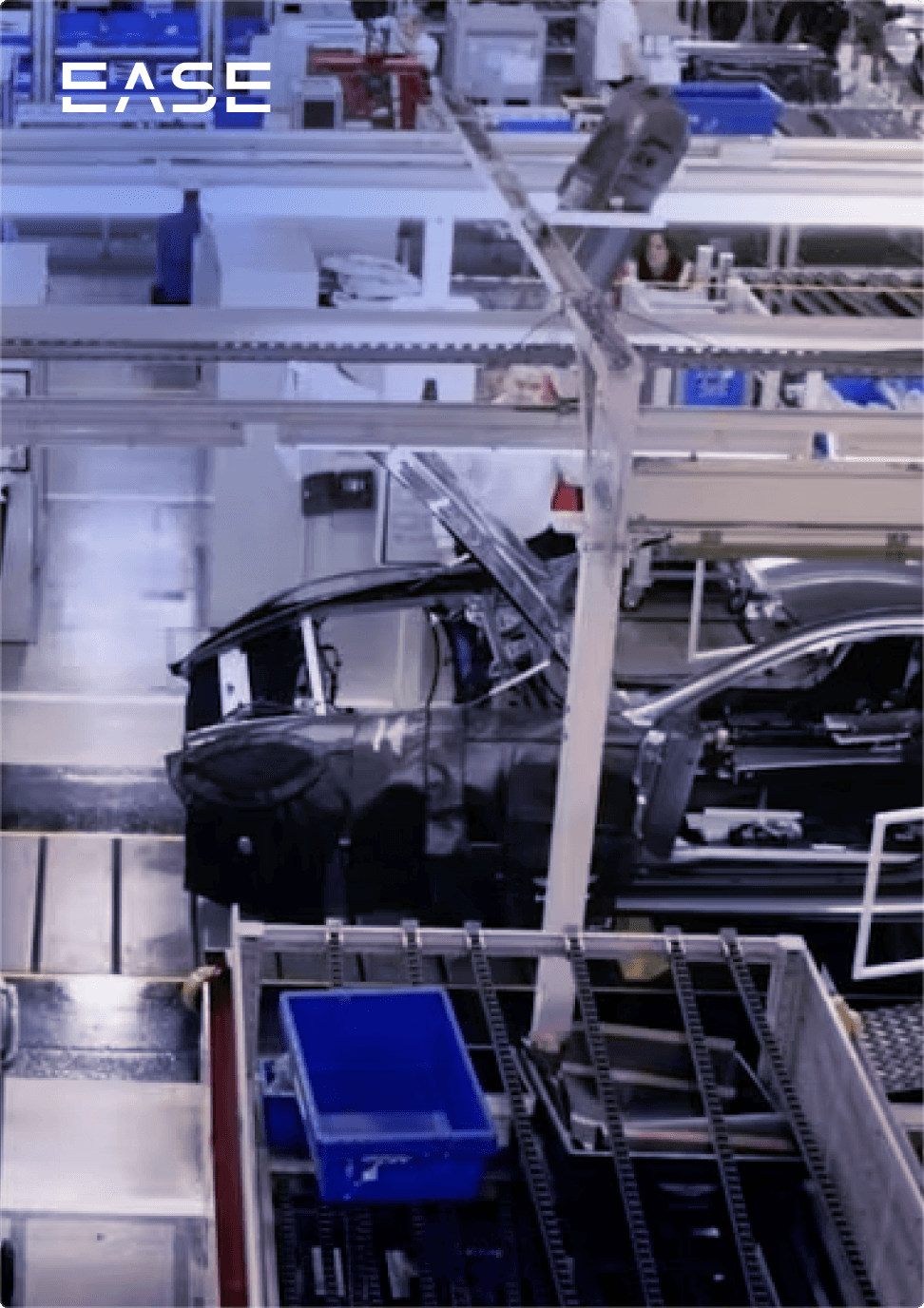The Hidden Cost of Doing Nothing: An Audit Management Example

When it comes to driving change in an organization, the investment required to do it is often treated as a cost.
But there’s one big problem with this line of thinking:
When you don’t compare this number against what the status quo is already costing your company, you may actually lose money in the long run.
For instance, the American Society for Quality (ASQ) estimates that cost of quality can reach 40% of a plant’s revenue. At the same time, nearly 7 in 10 organizations report saving money from digital investments, according to a Randstad survey showing the pandemic has accelerated digital transformation.
The implication for manufacturers: while sitting on the sidelines of Industry 4.0 may feel safer, it’s actually costing companies money.
Here we look at an example centered on audit management, looking at the hidden cost of doing nothing and how small digital transformation projects can yield big returns.
Learn about a powerful strategy for reducing quality costs with our Ultimate Guide to Layered Process Audits
Audit Management: The Status Quo
Many manufacturers still use paper checklists to manage plant floor audits, using spreadsheets to track the results. Drawbacks of paper-based and spreadsheet-based audit management include:
- Adding or updating questions is difficult
- Recalling, editing and providing new copies of paper checklists whenever changes are needed is time-consuming
- Entering audit findings manually into spreadsheets introduces the possibility of error
- The lag time between audits and reporting allows problems to snowball
These problems add up to hidden risks, higher costs and reduced value for the hours of effort put into audit programs.
It’s an especially costly approach for manufacturers engaged in layered process audits, a type of quick daily checks that look at critical-to-quality process inputs. The goal is to reduce defects before they occur, but in the case of paper checklists and spreadsheets, the results are often underwhelming.
Hidden Factory Costs Associated with the Status Quo
The hidden factory refers to processes in your plant that undermine quality, for example when lack of preventative maintenance leads to damaged parts and equipment failure.
In this example, a paper or spreadsheet-based audit program makes the problem worse in several ways:
- People can easily skip or forget their audits with little management visibility into when this occurs
- Data showing trends on where preventative maintenance is an issue is not made available until days or weeks after the audits take place
- Serious problems may go undetected while waiting for data to be entered manually
- Not being able to update checklists quickly means potentially missing a systemic issue happening across other machines
- Odds of recurrence go up if audit checklists aren’t updated in a timely manner
Quantifying the Cost of Doing Nothing vs. Investing in Efficiency
How can we quantify the costs of these errors? Some big cost categories jump out:
- Scrap and rework: This number totals up to 2.2% of sales, or $2.2 million for a $100 million company. Reduce that by a modest 10% and you’ll see a full $220,000 in savings.
- Recalls: Automotive OEMs including Ford and Subaru have made headlines in the past year for production defects that led to the recall of thousands of vehicles.
- Customer complaints: According to Warranty Week, the average company pays out 2% of revenue in warranty costs alone, or $2 million for a company with $100 million in annual revenue.
- Corrective action: Line stoppage fees run up to $10,000 a minute for suppliers to major automakers, on top of the cost of bringing in people to sort parts.
Dipping a Toe Into Industry 4.0
While the biggest Industry 4.0 stories focus on advanced capabilities like artificial intelligence (AI) and edge computing, many companies are starting much smaller. In fact, for many companies that implement audit management software like EASE, it’s their very first digital transformation project.
Compared with large-scale capital investments, implementing EASE is far more manageable, taking place in days rather than months or longer. The result is faster time to value, helping make quicker progress on goals like reducing scrap, defects and complaints.
Automated audit management allows manufacturers to achieve rapid results by:
- Increasing audit compliance with email notifications and better visibility into who’s completing their audits and how long they are taking
- Making audit findings instantly available, helping identify problems and trends
- Allowing teams to add, randomize and rotate questions to check for systemic issues and prevent recurrence
- Creating an instant snapshot of areas where processes aren’t being followed—and where defects are likely to occur
Taken together, even small changes in key metrics like scrap, rework and complaints can add up to huge cost savings. As one EASE customer said, “If it helps avoid even one quality escape—and it has—it’s more than paid for itself.”
In the context of today’s supply chain shocks combined with surging manufacturing demand, efficiency is no longer just nice to have. It will define who can make the most of today’s opportunities and who will get left behind. Tomorrow’s leaders will be taking steps to start their digital transformation journey now.
